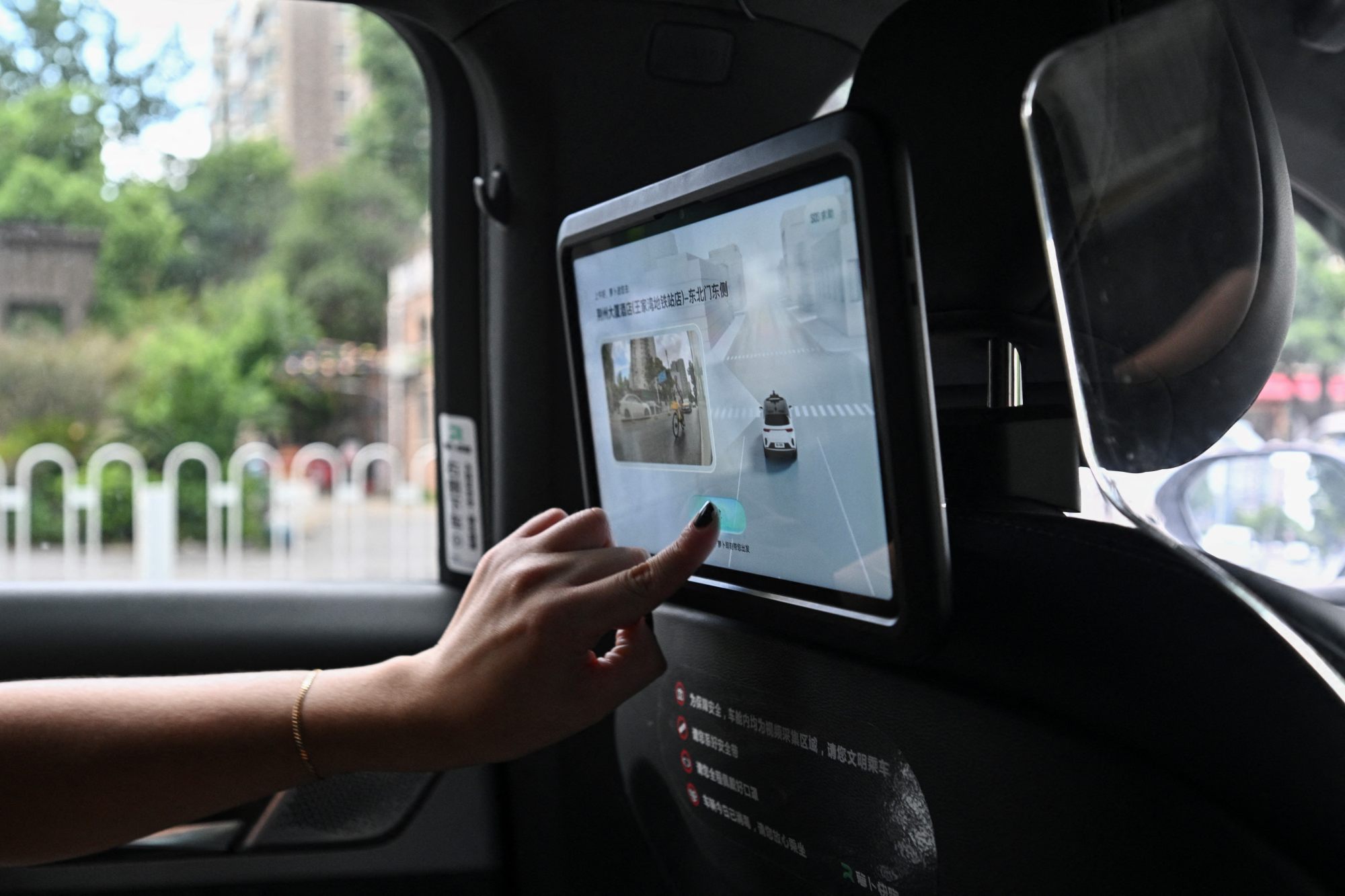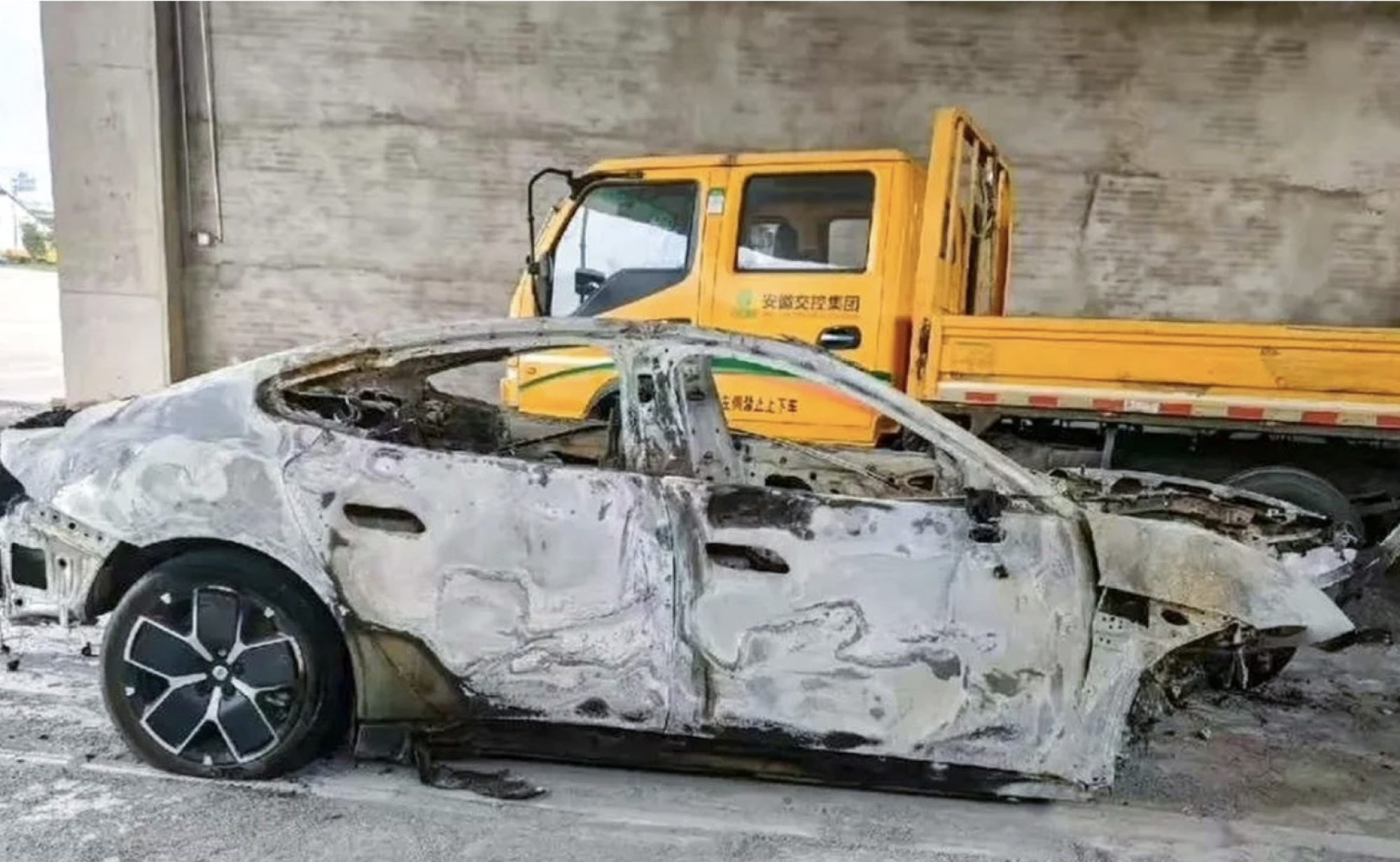Sleepy ride-hailing driver plays with his phone at high speeds while using drive-assistance technology as terrified passenger looks out for danger. — SCMP
A Chinese ride-hailing passenger whose driver drove at breakneck speeds while on autopilot mode on an expressway at night complained to the platform and only received a 5yuan (RM3) coupon as compensation.
The passenger, surnamed Li, booked a ride on the app HelloRide, which belongs to Alibaba, owner of South China Morning Post, on the evening of April 5 from Foshan to Luoding in southern China’s Guangdong province.
The journey was 180km long and usually takes two hours.
Li said it was a scary trip because the driver was looking at his phone with his hands off the steering wheel the entire way.
The vehicle was in autopilot mode, even on the highway where speeds reached between 120km and 130km per hour.

Li said the driver was in the fast lane the whole time, and even showed signs of sleepiness.
Li said she was the only passenger and did not dare confront the male driver, simply staying alert and watching the road on his behalf the whole time.
She secretly filmed him, complained to the platform and reported him to the traffic police. The platform said they have warned the driver and offered her a five-yuan coupon.
The journey cost Li 270 yuan (RM163 or US$37).
Li said she was lucky to be alive, and online observers agreed with her.
“She should have stopped him. Accidents at the speed of 130km per hour could be fatal,” one person said.
“Another case of over-reliance on a cars’ autopilot mode. Drivers who disregard passenger safety should not be permitted to operate,” said another.
“The five-yuan coupon compensation is a joke,” a third person added.
The case was exposed just days after three young women were reported to have been killed in a car crash resulting from assisted driving.
The driver allegedly turned on the driver assistance function at night and did not hold onto the steering wheel.
As the car warned her about obstacles in the road, one of the passengers grabbed the steering wheel and the vehicle crashed into a concrete fence and burst into flames. The case remains under investigation.
Chinese automobile makers have faced public scrutiny over whether they have exaggerated the viability of the advanced driver-assistance features on their electric vehicles.

Some online comments shared similar experiences of drivers playing with phones and sleeping while letting cars drive by themselves.
On April 2, a woman in eastern China’s Jiangsu province also complained about a driver who trimmed his nails while the car was in self-drive mode.
China’s road traffic safety regulations ban drivers from dangerous behaviour, such as using mobile phones and watching television at the wheel.
Following the Xiaomi accident, multiple highways in China have erected signs warning drivers to reduce the use of advanced driver-assistance technology and to stay vigilant. – South China Morning Post






